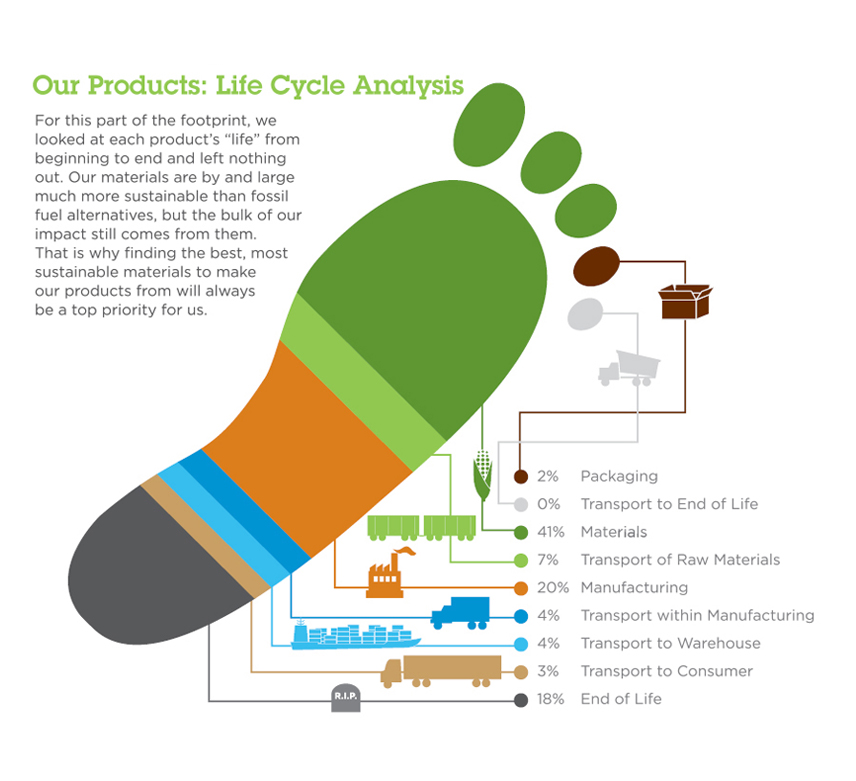
Your actual foodprint might vary depending on where you live. The figures used in this calculator are based on an average of data from many parts of the world – but the complex global nature of our food chains means the same items produced in different parts of the world will vary wildly in the amount of water they use, the carbon emissions they produce and the fertilisers they require. You can try the calculator by clicking here or on the image below. Crucially you can also choose a selection of alternative foods to see how changing your diet might alter your carbon emissions. It will allow you to input a selection of staple foods, along with the number of times you consume them in a week up to a maximum of seven, to find out what the environmental impact of your chosen diet might be. This is why BBC Future has worked with Verve Search and researchers at the University of Oxford to produce our Foodprint Calculator. Unlike nutritional information that appear on the labels of most foods we buy, easy to read information about sustainability is largely absent. By 2050, our food could account for almost half of all carbon emissions released by human activity unless more steps are taken to reduce its environmental impact.īut one of the problems we face as consumers is knowing which foods have the least or greatest effect on our planet’s health. The entire food system – which includes the production, packaging, transportation and disposal of everything we eat – accounts for 21-37% of all human-produced greenhouse gas emissions.

The food we eat makes up a sizable portion of our individual carbon footprint – depending on where you live and what you dine on, it can account for between 10-30% of your household’s greenhouse gas emissions. Use our easy carbon footprint calculator to estimate your carbon footprint emissions.When picking which groceries to put in our baskets, a number of considerations are likely to affect our choices – will it tickle our taste buds? How good is it for us? And how much does it cost? But increasingly, consumers are looking for foods that will lower their impact on the environment too. To count only carbon would exclude the other impacts we have.įirst-world countries have the largest footprint because they tend to use more energy: Note: A greenhouse gas footprint includes greenhouse gases apart from carbon: Natural gas primarily comprises methane (agriculture) and other greenhouse gases like NO2 (flying). Here are some greenhouse gas footprints from around the world. That depends on where you live, how you travel, and what you eat and consume. Driving: Fuel oil burning creates carbon emissions that contribute to climate change.Eating red meat: Creates methane emissions which are a powerful greenhouse gas.It’s often one of the most impactful things we do, especially when it comes to international travel. Flying: This creates a lot of carbon and nitrous emissions.Here are a few things that we do that contribute to our carbon footprint: This footprint contributes to our planet’s warming and causes climate change. Our carbon footprint is the total amount of greenhouse gases our lives generate. When this energy is generated through burning fossil fuels, it produces greenhouse gases like carbon dioxide and methane.

Many things we do in our day-to-day lives require energy.


 0 kommentar(er)
0 kommentar(er)
